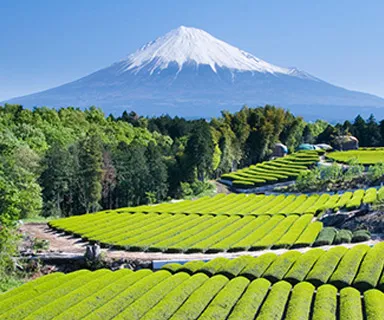Dec . 26, 2024 09:02 Back to list
Exploring Basalt Cobblestone Uses and Characteristics in Modern Landscaping and Design
The Charm of Basalt Cobblestone Nature’s Enduring Beauty
Basalt cobblestone, a natural stone formed from the rapid cooling of lava, carries with it not only aesthetic appeal but also a rich history and durability that has captivated architects and builders for centuries. From ancient roads to modern landscaping, basalt cobblestones have been a material of choice for many applications, celebrating both functionality and beauty.
Basalt is an igneous rock, predominantly composed of plagioclase, pyroxene, and olivine. Its formation is tied to volcanic activity, where molten lava extrudes onto the Earth's surface and cools quickly, resulting in a fine-grained texture. Unlike granite, which forms slowly beneath the Earth's crust, basalt showcases a more rapid cooling process that produces its characteristic dark color and unique texture. These stones can be cut into various shapes and sizes, creating a versatile building material that adapts well to different design needs.
Historically, basalt cobblestones have played a significant role in urban development. In ancient Rome, for instance, basalt stones were used to pave streets, showcasing their resilience against wear and tear from foot and vehicle traffic. The Romans understood the importance of durable infrastructure, utilizing basalt for its strength and long-lasting nature. This practice continued through the Middle Ages, with towns and cities across Europe incorporating basalt cobblestones into their streets and public spaces. The iconic cobbled streets of cities like Paris and Prague are testaments to the material's enduring appeal.
In contemporary settings, basalt cobblestones are utilized in various landscaping projects, offering an exquisite touch to gardens, patios, and walkways. Their dark hue provides a striking contrast to vibrant flowers and greenery, enhancing the overall aesthetic of outdoor spaces. Moreover, basalt cobblestones are environmentally friendly as they are often sourced locally, reducing the carbon footprint associated with transportation. This sustainable aspect adds to their allure, particularly among eco-conscious consumers.
basalt cobblestone

The texture of basalt cobblestone is another factor contributing to its popularity. With its rugged surface, it provides a natural slip resistance, making it a safe option for pathways and driveways. The cobblestones can also be arranged in multiple patterns, allowing for creative expression and customization in design. Whether laid out in an orderly grid or a more whimsical, irregular pattern, basalt cobblestones can adapt to a variety of styles, from rustic to modern.
Furthermore, the maintenance of basalt cobblestones is relatively low, another advantage for homeowners and landscape designers. Unlike other paving materials that may require frequent sealing or treatment, basalt is resistant to weathering, staining, and fading. A simple periodic cleaning is often sufficient to keep the stones looking their best. Additionally, their durability means that they can withstand harsh weather conditions, making them ideal for various climates.
The use of basalt cobblestones extends beyond aesthetics and practicality; they also evoke a sense of history and tradition. Walking on a basalt-paved street can transport one back in time, evoking the essence of ancient civilizations that first harnessed this natural wonder. This connection to the past adds emotional value to the material, creating a deeper appreciation for the stories and experiences that cobblestones can signify.
In conclusion, basalt cobblestones represent more than just a paved surface; they embody a legacy of craftsmanship, durability, and timeless beauty. Whether incorporated into urban landscapes or maintained in private gardens, these stones continue to evoke admiration and respect. They remind us of nature's artistry and the enduring human endeavor to blend functionality with aesthetics. As we move forward, integrating such traditional materials into modern designs will not only preserve history but also celebrate the rich heritage of our built environment.
-
Transform Your Outdoor Spaces with Premium Black Rocks for Landscaping
NewsAug.01,2025
-
Exploring the World of Green Jade: Types, Meanings, and Values
NewsAug.01,2025
-
Enhance Your Outdoor Spaces with Premium Black Garden Stones and Pebbles
NewsAug.01,2025
-
Elevate Your Garden Design with Black River Stones and Decorative Landscape Rocks
NewsAug.01,2025
-
Discover the Beauty and Symbolism of Green Jade: From Raw Stones to Luxury Pieces
NewsAug.01,2025
-
Discover the Beauty and Meaning of Green Jade Crystals
NewsAug.01,2025






